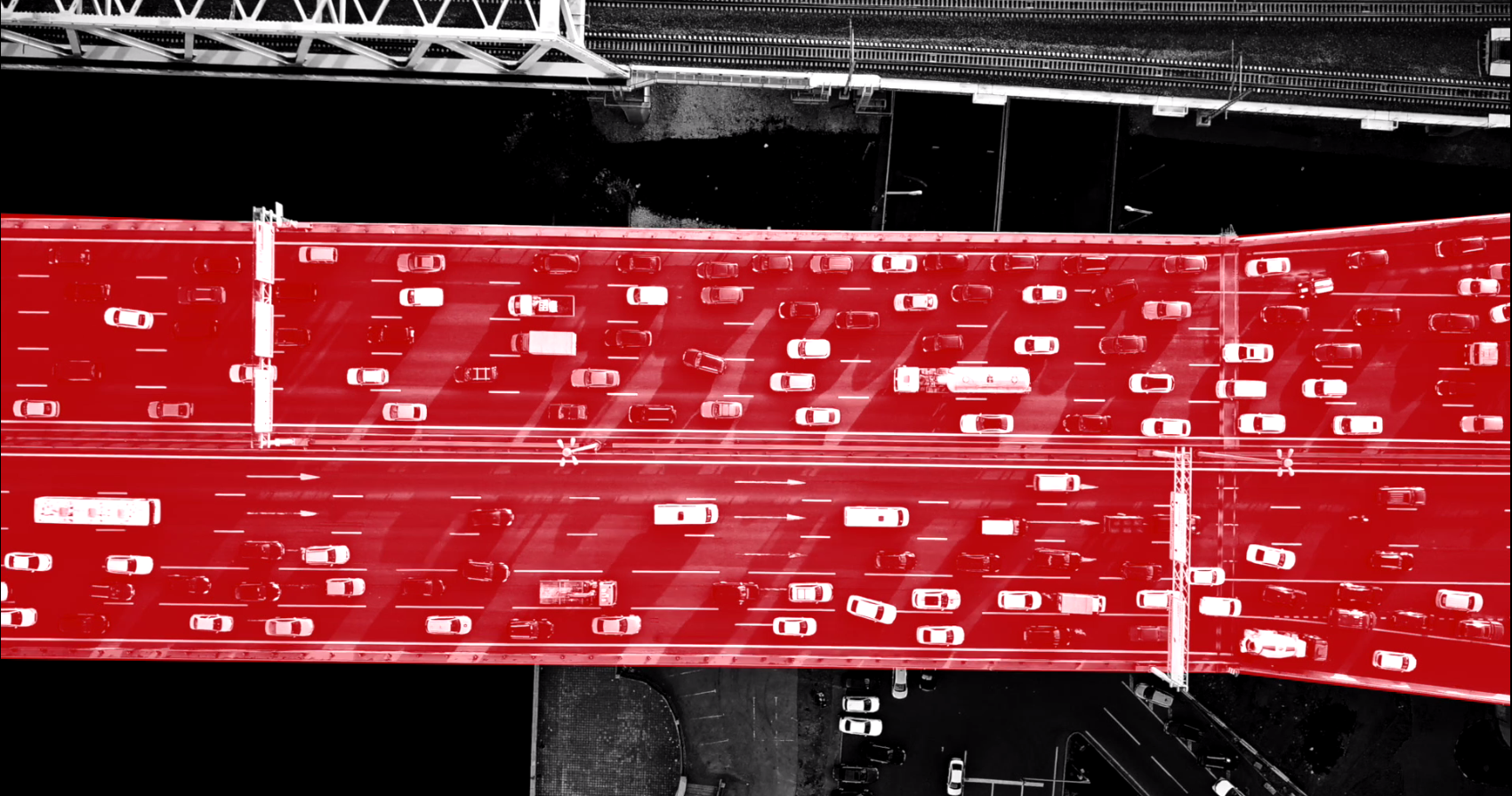26 September 2018
From automation to autonomy
Artificial intelligence applied to road safety
All those systems that today represent the path of evolution of increasingly safer guidance to the goal of autonomous driving fall under the acronym ADAS (Advanced Drive Assistance Systems).
It is a winning combination of different technologies that in collecting data in specific sensorial forms (wheel skid, optical obstacle detection, satellite signal, etc.), process them and mechanically correct directly instead of signalling an optimum manoeuvre for the type of situation detected.
Without making a thorough list, it is in any case possible to identify the origin of this epoch-making transformation thanks to the unstoppable progress and by now almost predominance of electronics on the mechanical component. It was in the 1990s when the satellite navigation systems took hold owing to the legitimisation of GPS technology for commercial use with the granting of signal accuracy before denied for military security reasons. Today practically no one would be able to move about reading the old printed maps. Then the parking sensors arrived. They are often supplemented by the presence of a mini camera for rear viewing. Then there was the arrival of the tyre pressure deflation detectors.
Today the new front of drive assistance leverages even more on the safety factor owing to the emergency braking, lane detection and keeping, adaptive lighting and night vision systems. The list continues with automatic sign reading and assisted speed control, not to mention tiredness detection, blind corner viewing and automatic parking that not only is an accommodation highly appreciated by many, but becomes a safety manoeuvre that guarantees geometric alignment within the allowed space.
Generali has recently set a business partnership with the French start-up Ellcie Healthy, in order to develop innovative smart eyeglasses to protect individuals as data captured through sensors enable preventing risk and improving users’ behaviour.
It is true that in almost all cases the computer does not replace the driver, but promptly alerts them with acoustic signals or verbal tips, and in all cases contributes to reminding them of responsible behaviour. The new front of this artificial intelligence called “soft” therefore becomes the autonomous learning capacity for processing increasingly precise and prompt corrective actions, but with the future in mind, increasingly autonomous and disengaged from man’s intervention. Development of the ADAS means augmenting active safety in a world of transport with heavier and heavier traffic and reducing the toll of human lives and permanent injury caused too often by reckless behaviour or foolhardiness.

Artificial intelligence applied to road safety
